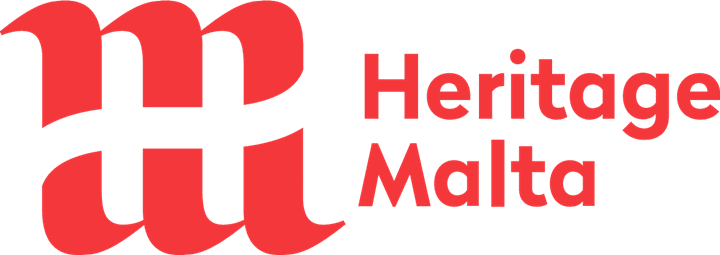Altogether 17 participants discussed lively in our WG4 plenary session. This is the highest number of participants ever and is taken as a positive indicator in challenging times of Covid-19. The main goal was to identify approaches to tackle the three different phases of UBH activation (Discovering, Activating, Engaging/Empowering). These phases were identified in the past meetings.
The discussion was very constructive and positive, and guided by the introductory contribution by: Yosi Preiss (IL) discussed his research in creating a Category Structure of underground built heritage. For each of the proposed category, Yosi presented several examples. The proposed structure was intensively discussed, as the task of classifying UBH is a subject to be worked out by WG1, Yusi will be contact person in this issue between the two WGs. WG4 is however very interested in having a Typology of Experiences and Valuing the experiences as aspects to be considered in the classification of UBH.
Motserrat Pallares-Barbera (ES) in her contribu-tion addressed the topic UBH Reuse and Valorization Strategies & Strategic Transition Management. Montserrat reminded us about the HUL (Historic Urban Landscape) approach and the link-ages of cultural landscapes to UBH. This means for activating UBH we can rely on available tools and experiences, which have to be adapted to specific needs. Montserrat called to also mind the potential of Strategic Transmission Management (STM) and its tools for developing and supporting experiments. She also posed the question, on how to identify a HUL approach towards inclusive, safe and resilient local community engagement.
Juan Valle Robles (ES) introduced to the group the outcomes from his STSM in Naples.
Juan worked together with the Naples team of ISMed/CNR at the case of Fontanelle Cemetery, Rione Sanità, and explored the difficulties of mapping out the different stakeholders’ interests perceptions. Giuseppe Pace (IT) addressed in his contribution Working on UBH Living Labs how the Action Underground4Value is building own working method for the living labs approach. Backed by the experiences in the training school and STSM, the approach is better tailored to UBH activation and preservation.
These contributions reflect an intermediary state of the art in activating UBH and will serve for building the knowledge on planning issues to support the goals of the Action. Backed by these contributions the discussion revealed some important issues that will be tackled in the forthcoming work in the WG4:
- Stakeholders analysis is a relevant piece of information towards better knowing besides their interests, also the perceptions and how they can influence policy and the process of activating a UBH asset,
- There are different ways to create a classification of UBH. Yossi Preiss will follow this issue as the “bridge” between WG1 and WG4,
- The need for investigating the role of under-ground and heritage in the different nation-al planning systems (statutory planning). A template is currently circulating among the WG4 members and asap will be sent to all participants to collect this information at the national level,
- Further discussion is needed to better understand how WG4 can contribute to the toolkit







